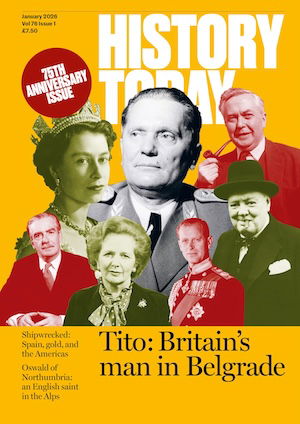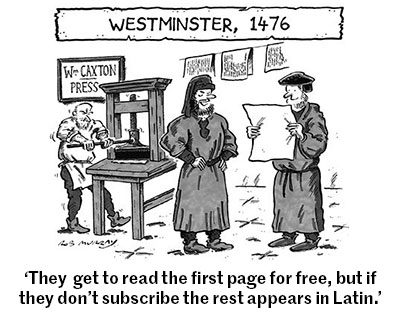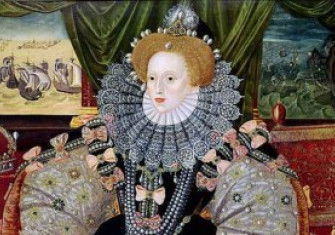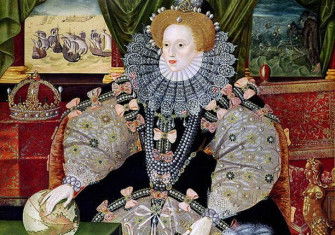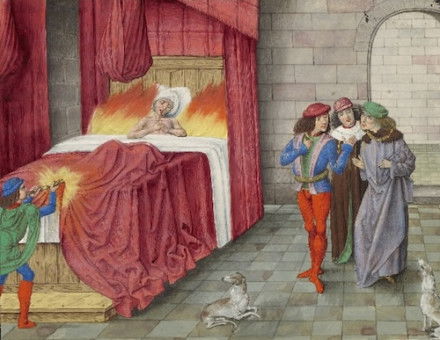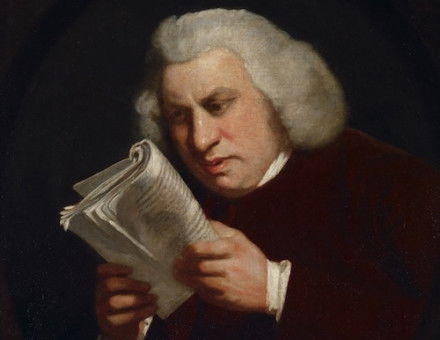The Failure of Elizabeth I’s English Armada
In the wake of the Spanish Armada, Elizabethan England sought retaliation by launching an invasion of its own. But how to finance such a venture?
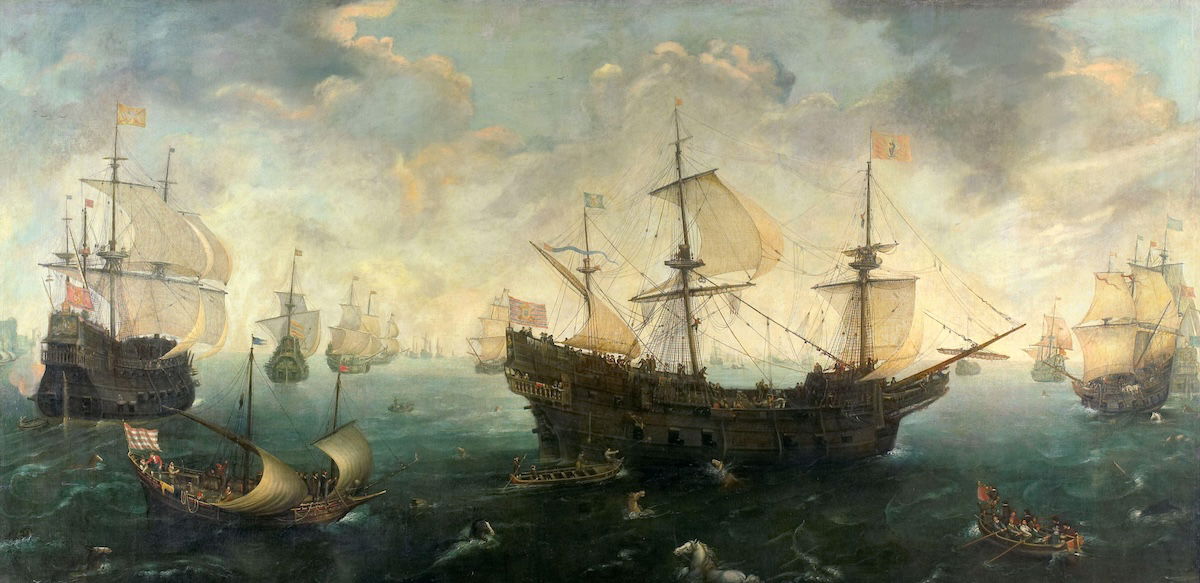
Commercial interests often have a place in war, from the sales of dead soldiers’ teeth after Waterloo to the possible connection between the Iraq War and Big Oil. However, no war was as blatantly commercial as that waged by the English Armada of 1589, paid for by a 16th-century version of crowd funding.
‘English Armada’ is not a mistake: capitalising on Spanish weakness following the Spanish Armada of 1588, Elizabeth I and her advisers considered how to obliterate any chance of a repeat performance. Only about 50 of Spain’s ships had managed to limp home after the attempted invasion of England and many of these were in a bad state, needing repair in northern Spain. Sending an English Armada to these ports could decimate all attempts to rebuild Spain’s navy. The English Armada planned to then continue on to Lisbon and challenge the power of Philip II there.

